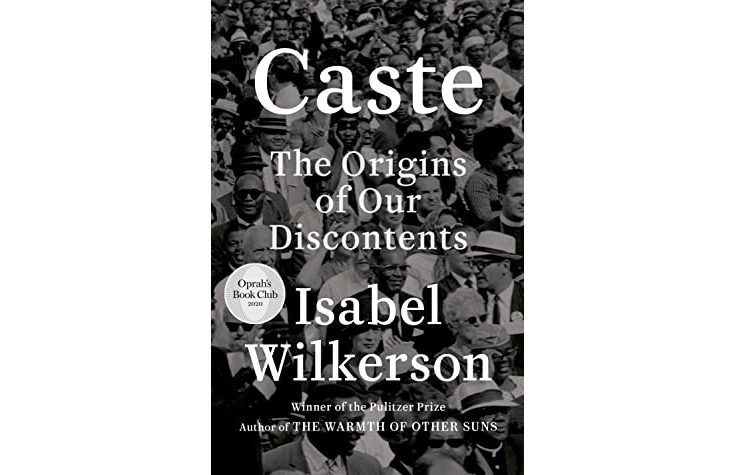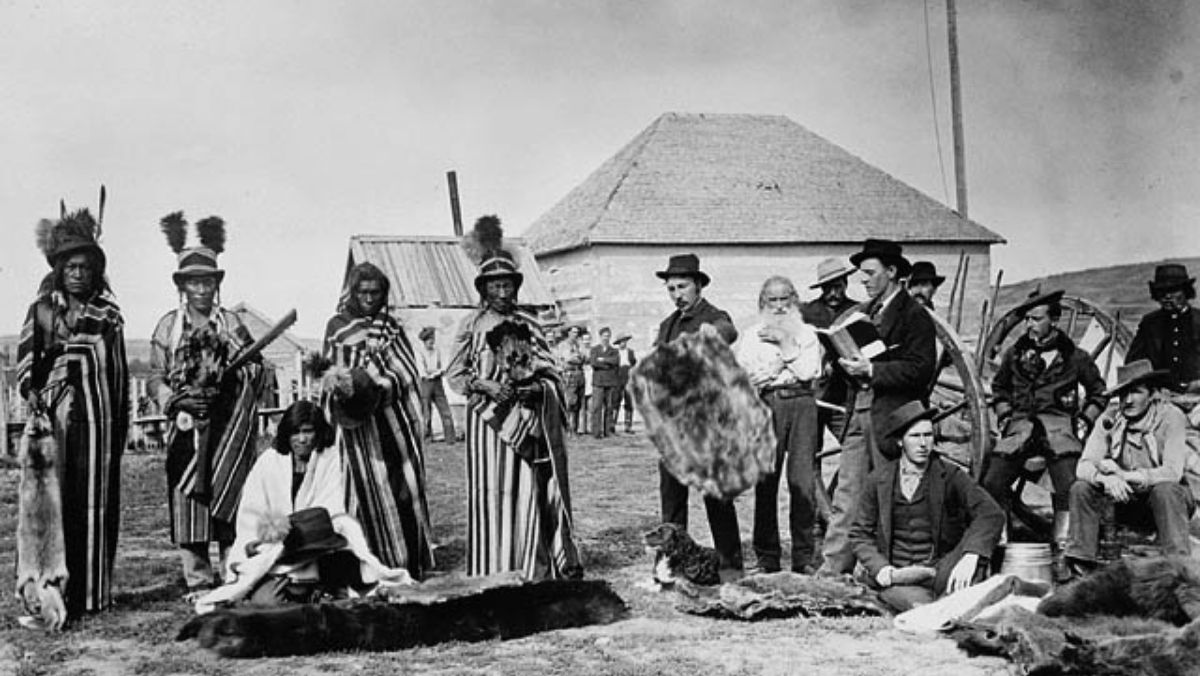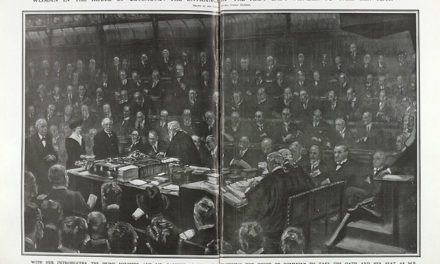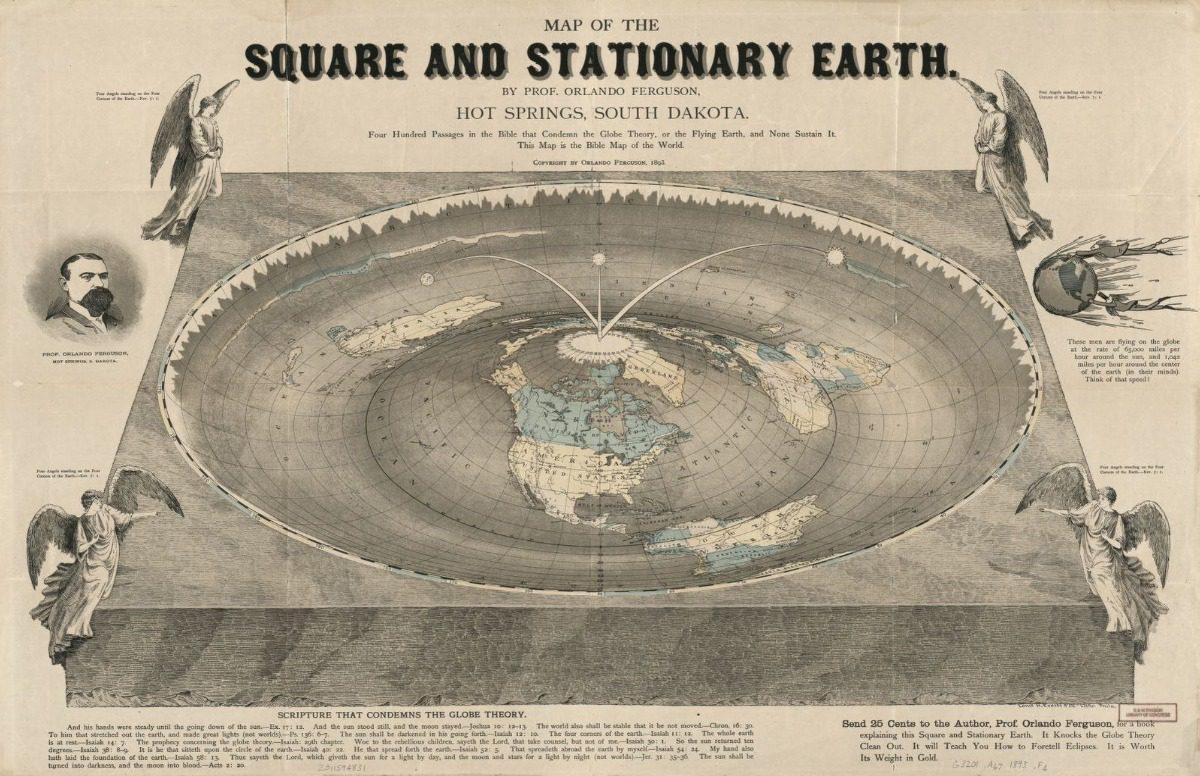Reading time: 4 minutes
In her new book, Caste: The Origins of Our Discontents, Isabel Wilkerson writes that the ways in which we are divided today are “like the wind, powerful enough to knock you down but invisible as they go about their work.” Wilkerson unveils parallels between the modern United States’ divisions and the way similarly divisive systems operated in India and Nazi Germany.
By Bri Murphy.
Instead of focusing on race as the cause of division in the United States, she suggests that race acts as a tool of a caste system. She builds on the work of many sociologists and historians over the past centuries, from W.E.B. DuBois and Ida B. Wells to Cornel West and Ta-Nehisi Coates. The way Wilkerson synthesises seemingly disparate ideas of how race operates in society and brings them together through the concept of caste is a new lens through which we can view the history of race and race relations.
Caste, Wilkerson argues, is a more precise term than race, as it predates the concept of race by thousands of years and provides a structure to something otherwise seemingly intangible. She describes race as “an artificial hierarchy that was used in this particular [American] caste system.” There can be many tools used in a caste system, such as religion, geography, or lineage, but “in this case, it was race as the tool, race as the signal, race as the cue as to where you fit in the caste system.”
Historically, the concept of caste can be traced to India, although it can also be found in other countries across Asia, Africa, and Europe. Ancient Hindu texts describe four distinct categories that have never been directly translated into Indian society, though many scholars point to these “Varnas” as one of the initial catalysts for a hierarchical structure of society. Upon independence from Britain in 1947, there were 1108 castes across India as listed in the Indian Constitution. The complexity of a caste system is dizzying, contributing to its effectiveness as a tool of hierarchical division.
One of the clearest examples of the effectiveness of caste is that of Nazi Germany. Wilkerson draws poignant comparisons between the American caste system and its influence on Nazi Germany, particularly the formative years of the Nazi Party platform. She draws heavily from the work of James Q. Whitman in his book, Hitler’s American Model. In her exploration, she learns that the Nazis sent researchers to the United States to study Jim Crow laws that segregated and subordinated Black Americans. The researchers also had extended dialogues with American eugenicists. The information carried back to Germany was foundational in writing the Nuremberg Race Laws, assigning Jews and others the Nazi’s saw as undesirable to a lower caste in Nazi Germany. “It was wrenching to discover the interconnectedness between these two cultures,” Wilkerson remarked.
The study of Nazi Germany and their caste system also led to insights on how caste affects non-Black American demographics at large. Wilkerson describes caste as a structural phenomenon that can change situationally, frequently determined by socially constructed features such as perceived gender, race, and class.
A striking example of caste restrictions similar across America, India, and Nazi Germany is the segregation of water. Across all three countries, the groups in the oppressed caste could not drink or even swim in the same water as the oppressor caste. Jim Crow era America strictly segregated swimming pools and drinking fountains. Nazi Germany banned Jews from swimming pools and beaches. In India Dalit caste, formerly known as untouchables, are prohibited by the oppressor castes from drawing water from public well’s. This continues to happen to this day.

Caste is a dark force in that it is a deeply embedded impersonal encoding of “artificial, arbitrary ranking of value among human beings in the world that we live in” says Wilkerson. However, the beauty of analysing caste is in recognising seemingly natural divisions as part of an unnatural structure that we have the power to dismantle.
Ultimately, Wilkerson says of her book: “This is not an argument. This is an invitation to look at ourselves differently, an invitation to understanding what we might not have seen or known about ourselves before. In fact, [we] could not have known, because these things are not taught, the connections have not been made, and this is an attempt to make connections that otherwise we would not see.” While she warns against adopting a naïve colour-blindness as a response to her writing, she invites us to use “caste” as a liberating new way to think of race as an unnatural phenomenon that works only to deepen divisions in societies.
Articles you may also like
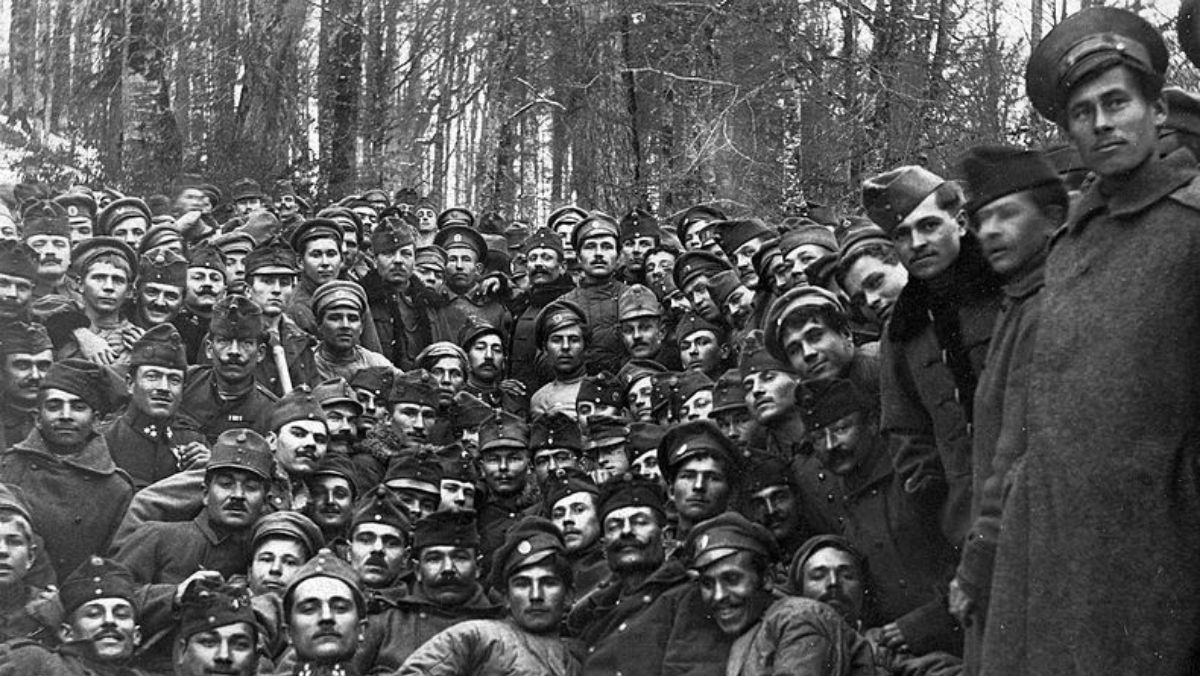
The Long Tail of the First World War
Fallen Empires and Civil War By Caitlan Hester The popular view of the First World War is that it ended with Armistice in 1918. But the end the First World War did not put an end to conflict and combat. The 1918 Armistice was followed by events that radically shaped today’s geo-political landscape: the spread […]

